Business and General Aviation Highlights of 2022
December 23, 2022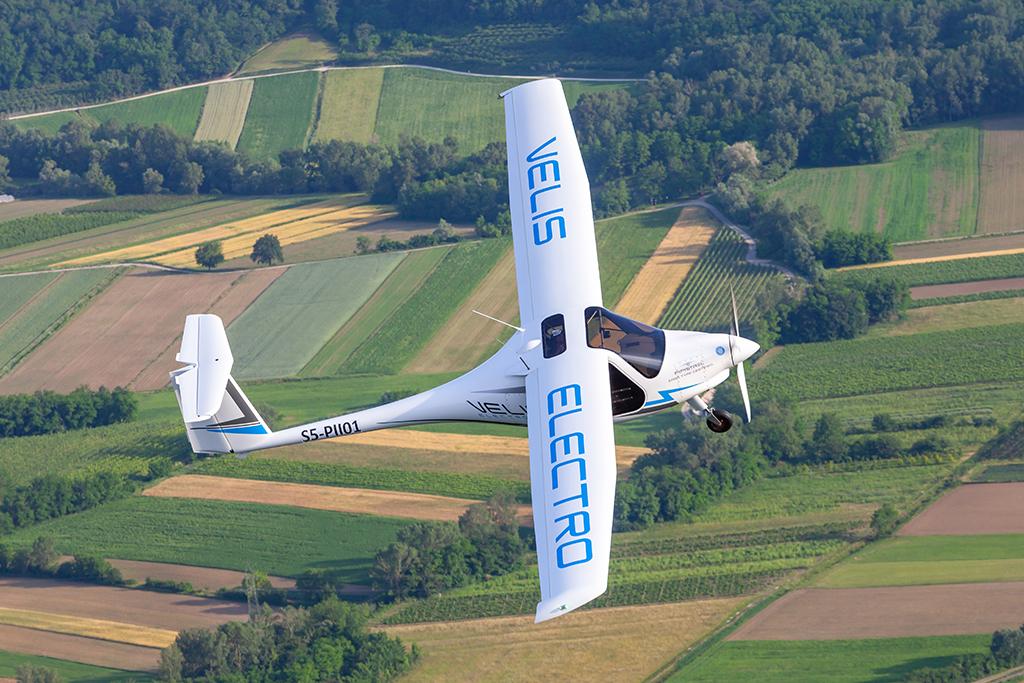
Textron Goes Electric
Textron eAviation in April completed its €218 million ($231 million) acquisition of Slovenian electric aircraft pioneer Pipistrel. The new Textron business unit is working to certify Pipistrel’s European-certified Velis Electro electric trainer (pictured) in the U.S. The eAviation unit has also taken over Textron company Bell’s Nexus electric vertical-takeoff-and-landing (eVTOL) air taxi program and is building a full-scale demonstrator.
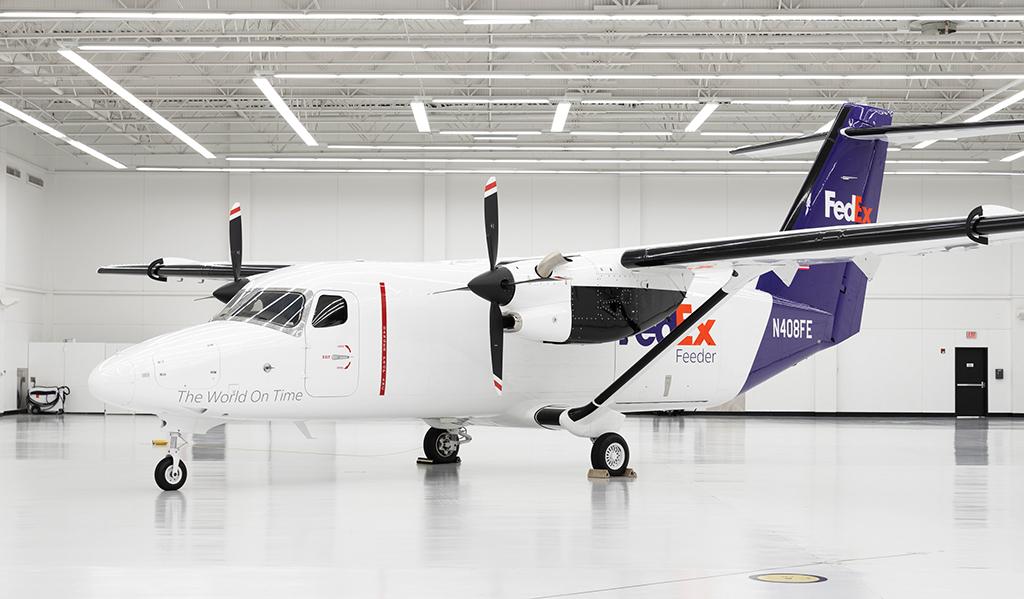
SkyCourier Into Service
Textron Aviation delivered the first Cessna 408 SkyCourier twin-turboprop utility aircraft to launch customer FedEx Express in May. The clean-sheet aircraft received FAA type certification in March following a three-aircraft, 2,100-hr. flight-test program that began in May 2020.

Bombardier EcoJet
Bombardier in May revealed it is evaluating a blended wing body configuration for a future sustainable business jet under the EcoJet program. The Canadian manufacturer flew two remotely piloted models in 2022, one 7%-scale and the other about twice that size, with the aim of halving emissions through a combination of aerodynamic and propulsion improvements.
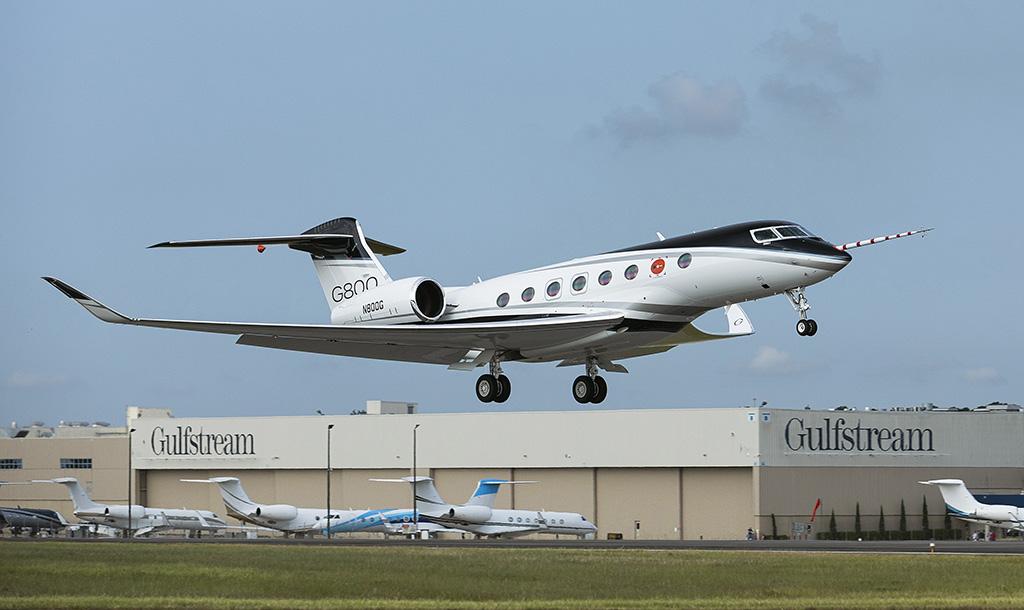
Gulfstream’s New Flagship
Gulfstream flew the ultra-long-range G800 for the first time on June 28. Derived from the G650 and with a high-speed wing and new Rolls-Royce Pearl 700 engines, the G800 can fly 8,000 nm at Mach 0.85 and 7,000 nm at Mach 0.90. Certification is expected late in 2023.
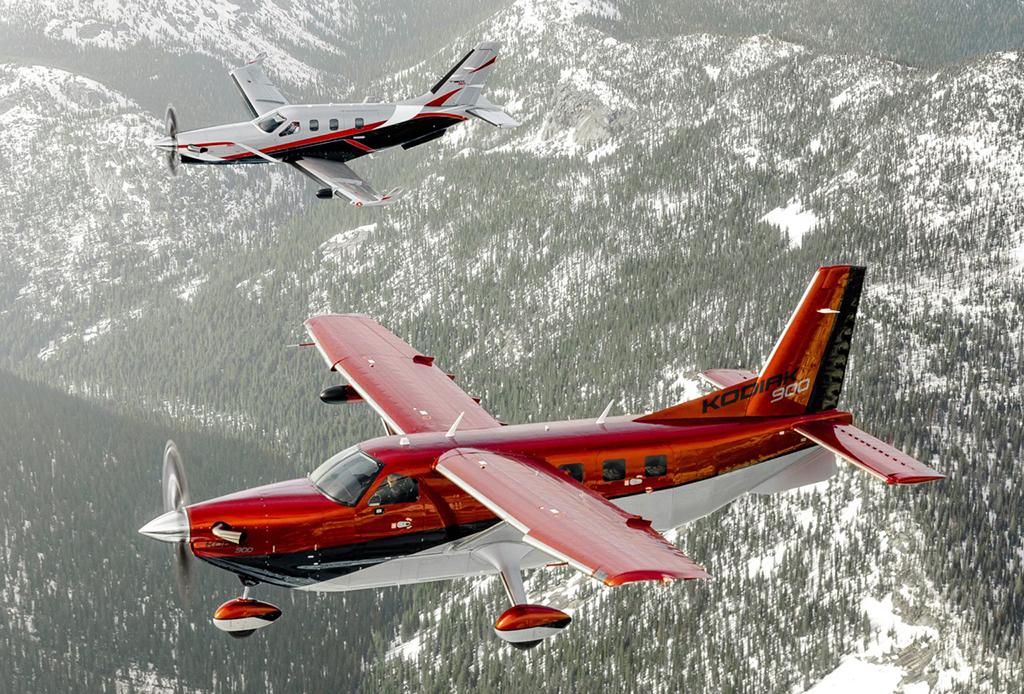
Bigger Backcountry Kodiak
Daher debuted the single-turboprop Kodiak 900 in July, a larger and faster version of the short-takeoff Kodiak 100. The fuselage is extended 3.9 ft. and cruise speed increased to 210 kt., with a greater useful load and maximum range of 1,129 nm. Deliveries will begin in 2023. The Kodiak 900 (foreground) joins the latest TBM 960 version of Daher’s fast turboprop (background) in the product lineup.
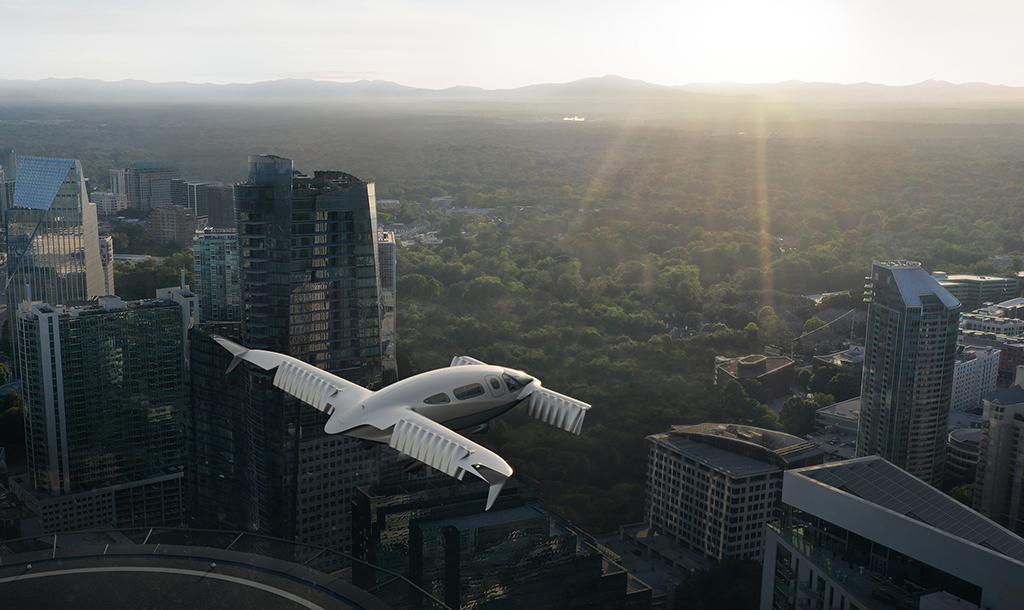
Lilium Goes Premium
German startup Lilium launched a limited edition of its Lilium Jet electric vertical-takeoff-and-landing aircraft for the private aviation market in December, with a contract for up to 20 aircraft from eVolare, a subsidiary of UK helicopter and business-jet operator Volare Aviation. Lilium plans to launch production of its vectored-thrust ducted-fan eVTOL by selling 50 of the $10 million Lilium Pioneer Edition Jets.
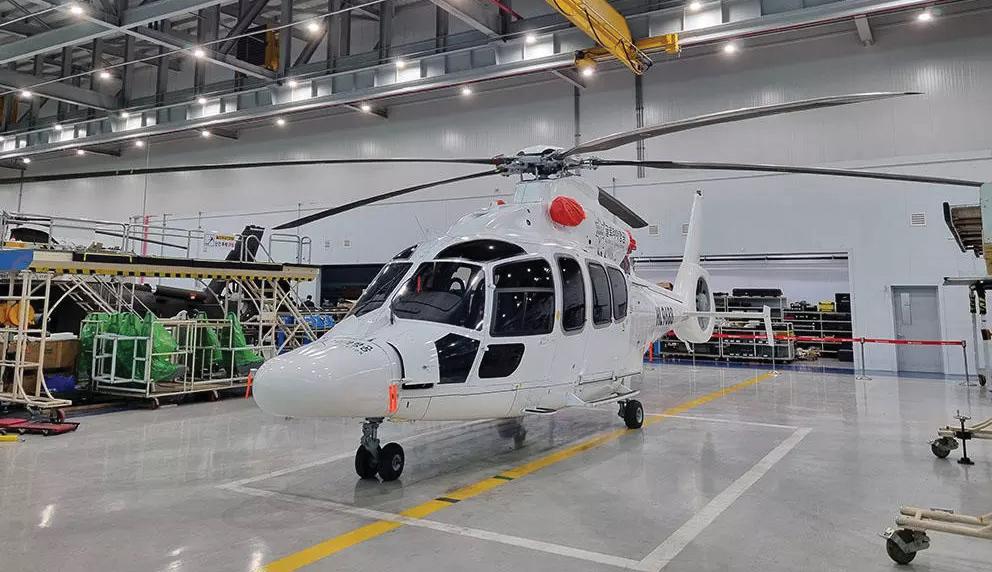
South Korea’s First LCH
The first production Korea Aerospace Industries Light Commercial Helicopter (LCH), developed jointly with Airbus Helicopters and based on the H155B1, was delivered in November to South Korea’s Gloria Aviation. The LCH entered service in December in an emergency medical services configuration, for deployment on missions in Jeju province.
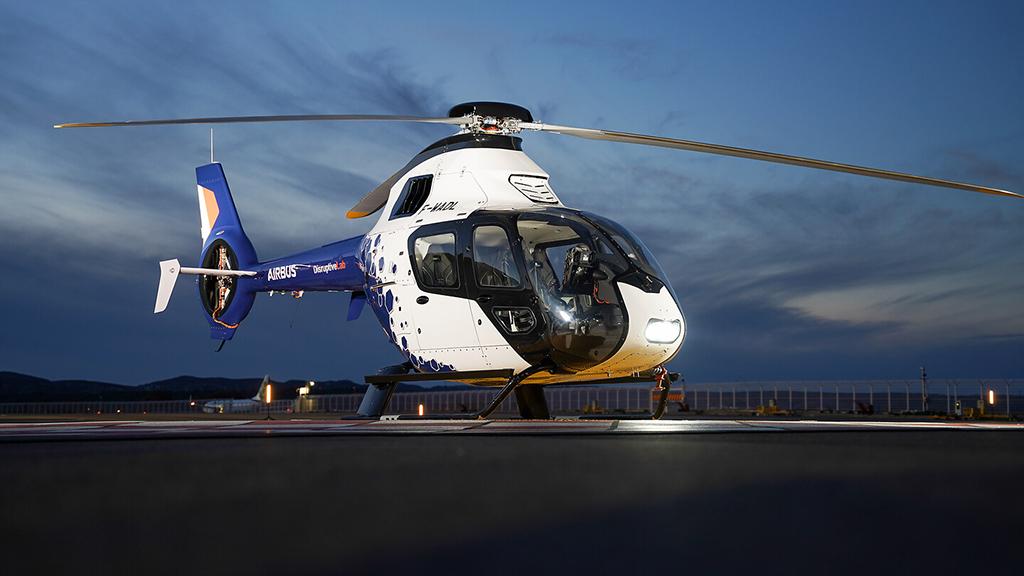
Airbus’ Flying Laboratory
Airbus Helicopters in December unveiled its Disruptive Lab, a flying laboratory to test technologies to improve aircraft performance and reduce CO2 emissions, including a drag-reducing aerodynamic fuselage and rotor hub, lighter rear fuselage and streamlined Fenestron and a parallel-hybrid propulsion system that recharges the battery in flight.
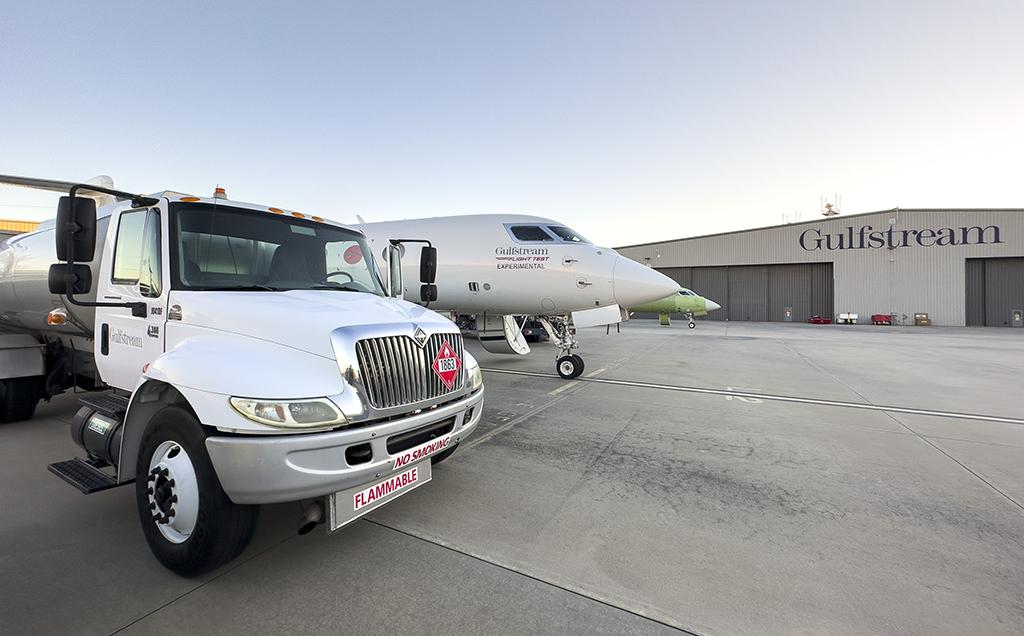
Gulfstream Flies 100% SAF
Gulfstream in December became the first business-jet manufacturer to fly an aircraft using 100% sustainable aviation fuel (SAF). The G650 flew from Savannah, Georgia, with its two Rolls-Royce BR725 engines using SAF consisting of two components: HEFA (hydroprocessed esters and fatty acids) fuel produced from waste fat and plant oils by World Energy and SAK (synthesized aromatic kerosene) made from plant-based sugars by Virent.
With solid orderbooks bolstered by the pandemic-related influx of new users to private aviation, 2022 was a year of consolidated gains and a shift toward improving the industry’s sustainability.